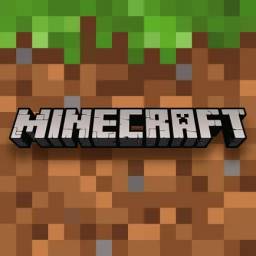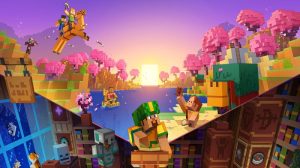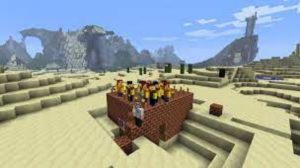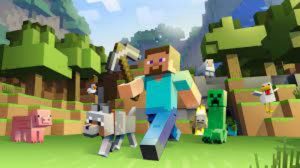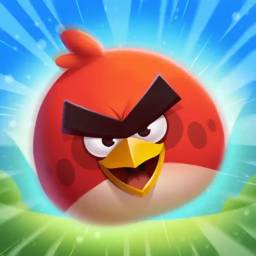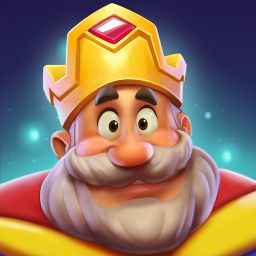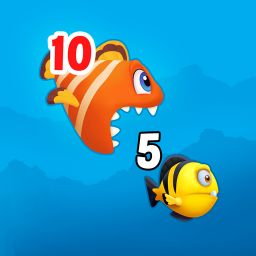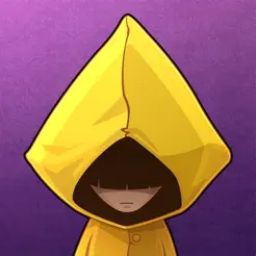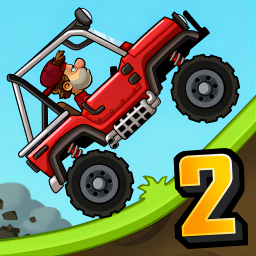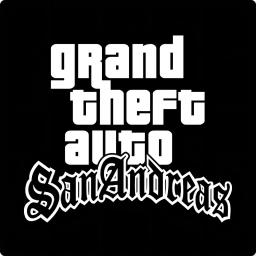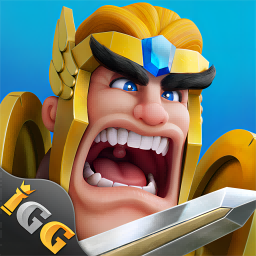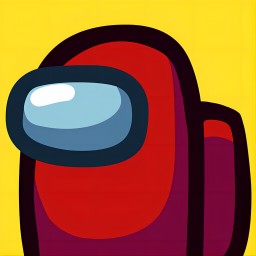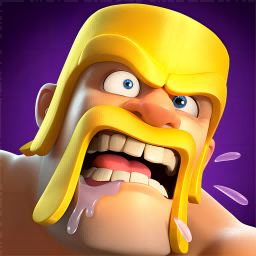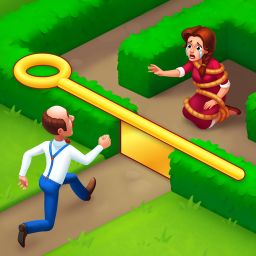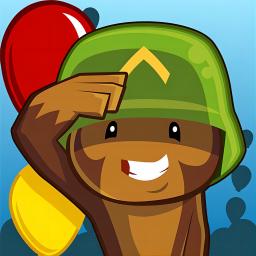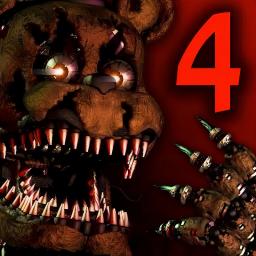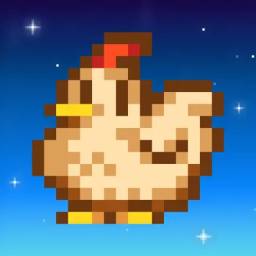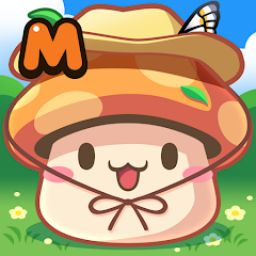Background of Minecraft’s Development
Minecraft was created by Markus Persson, famously known as Notch, a Swedish video game designer. He began working on the game in May 2009 and released an early version later that same year. Minecraft drew inspiration from sandbox games like Dwarf Fortress and Infiniminer. Its development started as a personal side project, with Persson working on it during his spare time while maintaining a full-time job. Despite its humble beginnings, the game quickly gained traction through word of mouth and online forums, attracting a growing community of dedicated players who contributed feedback and ideas for improvement. This early community involvement, coupled with alpha and beta releases, fostered a sense of ownership and participation that significantly influenced the game’s development.
In November 2011, Mojang Studios, a development company founded by Persson, officially launched Minecraft. Its popularity exploded, propelling it to become one of the best-selling video games in history. Minecraft expanded to multiple platforms, including PC, consoles, mobile devices, and more, solidifying its place as a cultural phenomenon.
Playability of Minecraft
One of Minecraft’s defining features is its unmatched playability. The game provides players with an open-ended, procedurally generated 3D world to explore, shape, and interact with. The primary game modes are:
Survival Mode: In this mode, players must gather resources, build shelters, and survive against hostile creatures. They need to manage hunger, health, and resources while exploring the expansive world.
Creative Mode: Creative Mode grants players unlimited resources, the ability to fly, and invincibility, enabling them to focus purely on building and experimentation without the survival constraints.
Minecraft’s appeal stems from its boundless freedom and versatility. Players can mine resources, craft tools, create elaborate structures, automate mechanisms with redstone circuits, trade with villagers, explore vast landscapes, and embark on adventures across different dimensions. The game also supports multiplayer, allowing players to collaborate with friends or join public servers to share creations, engage in mini-games, and participate in massive community projects.
The Hardest Part of the Game
Although Minecraft is designed to be accessible to players of all ages, certain aspects present unique challenges, particularly for beginners:
Surviving the First Night: For newcomers, the first night can be daunting as hostile mobs appear, forcing players to quickly build a shelter and secure vital resources.
Resource Management: Efficiently gathering and managing resources is essential for progress. Finding rare items like diamonds is crucial for advanced crafting and enchanting.
Navigating the Nether and End: These dimensions introduce new dangers, including hostile mobs, harsh environments, and the powerful Ender Dragon boss fight.
Complex Redstone Engineering: Redstone serves as Minecraft’s equivalent to electrical circuits, allowing players to build intricate contraptions. Mastering redstone mechanics requires creativity and an understanding of logic.
Enchanting and Potion Brewing: The enchanting and brewing systems can be complex, demanding the right combinations and rare materials to create powerful items.
Despite these difficulties, overcoming them is deeply rewarding. Minecraft’s community is incredibly supportive, offering countless guides, tutorials, and tips to help players master even the most challenging aspects.
A Testament to Creativity and Community
The development of Minecraft is a shining example of how creativity and community involvement can shape a game. Its playability remains its greatest strength, providing endless possibilities for exploration, building, and interaction in a virtually limitless world. Though it presents challenges, Minecraft’s open-ended nature allows players to approach it at their own pace and style, making it a captivating experience for players of all ages and skill levels.

